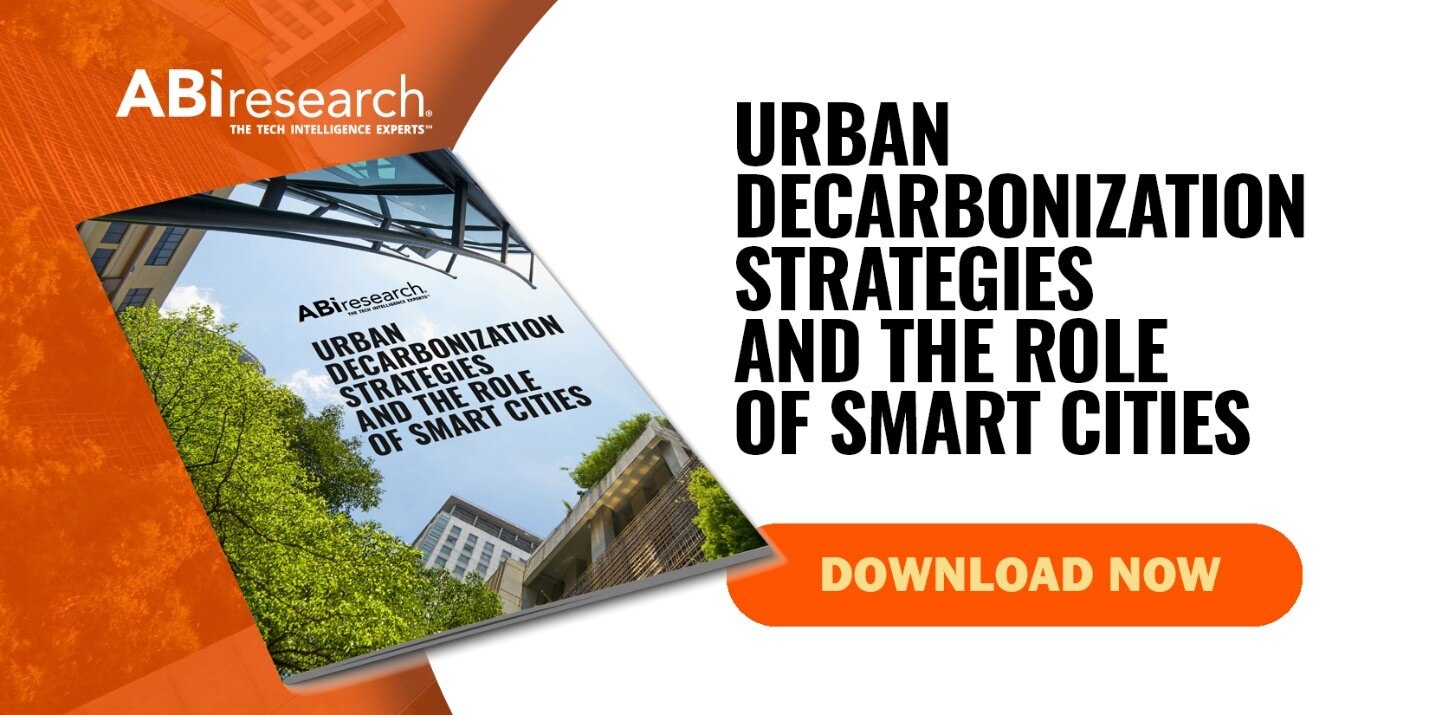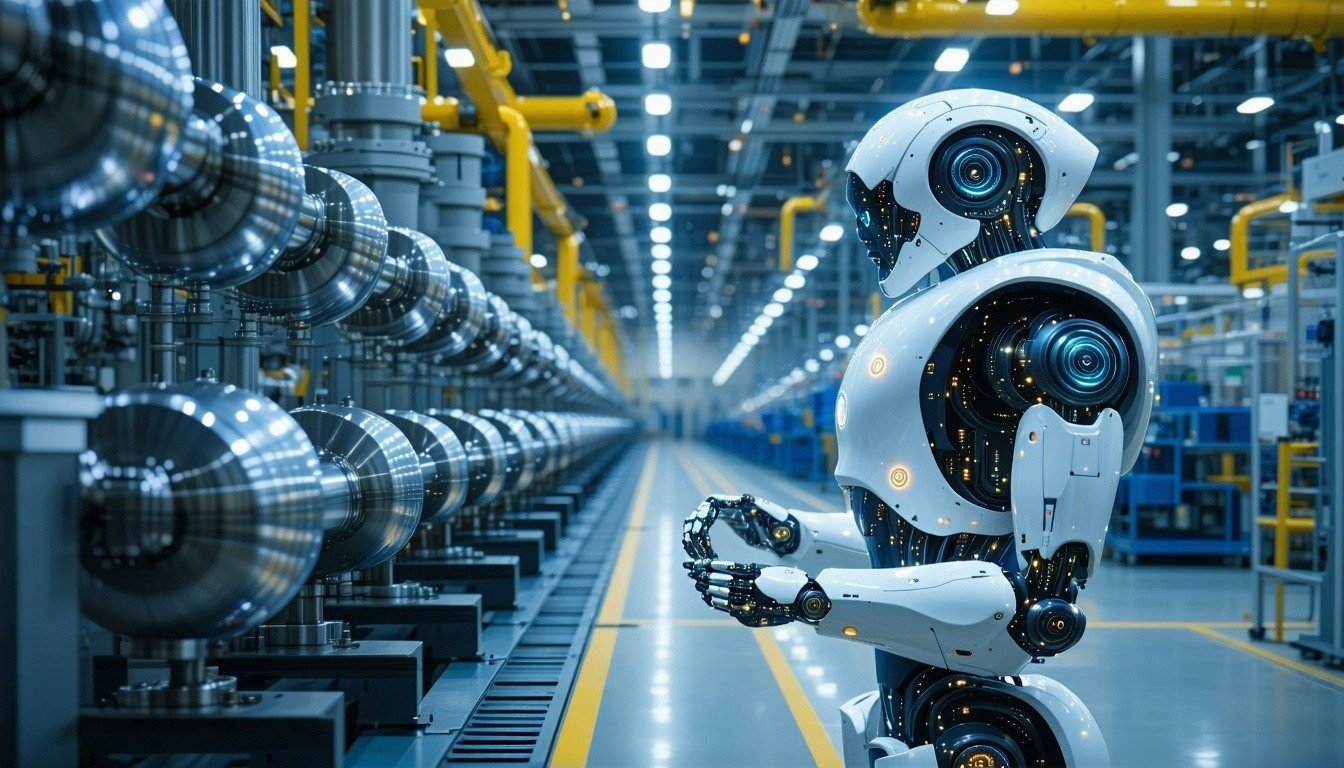More than 70% of global carbon emissions come from cities, making metro regions the starting point for decarbonization efforts. To tackle climate change, city planners must pay close attention to the characteristics of the energy grid, building infrastructure, transportation, and waste management. In this post, we walk you through how to make a city more sustainable through these four key areas.
To get there, city planners and technology vendors must work side-by-side to solve the complex question of how to reach net-zero emissions. They should also pay close attention to the sustainability examples stemming from other cities to gain inspiration for future projects.
Before explaining how cities can become more eco-friendly, let's first define what a sustainable city is.
Defining a Sustainable City
A sustainable city is a city built with environmental friendliness and decarbonization at the forefront of infrastructure and governance decision-making. The practices that are put in place are meant to serve the city in the long term. Getting to this point doesn’t happen overnight; it requires considerable technological investment and collaboration with other organizations, such as nonprofits, charities, and public companies motivated by social causes. When a city is sustainable, its Greenhouse Gas (GHG) emissions are low, or even net-zero, and air quality is free from contamination. But to make a city more sustainable, urban planners must change the way they think about energy, building infrastructure, transportation, and waste removal processes.
1.) Make Energy Consumption More Green
The first way to make a city more sustainable is by using a greater amount of green energy, thus phasing out fossil fuels. Although most cities don’t have full control over the energy grid, there are a handful of ways to reduce GHG emissions associated with urban energy consumption. For starters, smart meters can be deployed throughout a city as a means for utilities to optimize the grid and for customers to see real-time consumption data, prompting them to change lifestyle habits that hurt the environment.
The supply chain disruptions caused by the COVID-19 pandemic showed city officials that they must be more self-sufficient and less reliant on a single source or energy supplier. Just like an investor may diversify a portfolio, a sustainable city will diversify its “energy portfolio”—by adding renewable energy sources like solar or nuclear, in addition to and eventually replacing fossil fuels with 100% green energy.
Smart streetlighting is a common decarbonization tactic in cities that want to be more sustainable, as it’s a well-proven tactic. Besides being 30% more cost-effective compared to Light-Emitting Diode (LED) lighting, smart streetlights serve as the point of deployment for other technologies like sensors and Electric Vehicle (EV) charging stations, and also act as a base of communication for network and radio protocols.
2.) Re-think Urban Development
Reducing reliance on carbon materials is one great way to decarbonize a building, but there are a handful of other strategies that should be used to make a city more sustainable. Some of these strategies include using digital twins, leveraging district heating schemes, and retrofitting buildings.
As urban centers become more automated and data-driven, digital twins will be crucial to meeting decarbonization goals and designing green buildings. For example, a digital twin can take real-time environmental data and simulate those conditions in combination with various tactics, such as integrating renewable energy sources into a building. These highly precise simulations enable urban planners to see what works and what doesn’t in their city and draw up the optimal roadmap.
District heating systems are effective for making a city more environmentally friendly because they come equipped with advanced pollution control features and can be combined with renewable energy sources. For customers, district heating negates the need for boilers and fuel storage, improves air quality in their residences, and requires minimal maintenance.
Most buildings in the world simply are not sustainable, meaning they lack efficient water circulation, green rooftops, smart lighting, etc. However, demolishing a building to start anew brings its own detrimental effects on the environment. Retrofitting existing buildings is the best move that can be made when planning for a sustainable future. This paves the way for decarbonization efforts in our cities while avoiding the demolition of buildings.
Predictive maintenance is often used in warehouse, manufacturing, and industrial settings, as it allows operators to see when equipment is failing or how product demand fluctuates. This technology can be applied to smart cities to make sure that services like energy, water, waste management, and sewage are at peak efficiency and resources aren’t being squandered.
3.) Promote Sustainable Transportation
Transportation is one of the biggest culprits of carbon emissions. For example, transportation accounts for 27% of all U.S. GHG emissions, according to the United States Environmental Protection Agency (EPA). One way sustainable cities cut down on the greenhouse gas emissions stemming from transportation is by buying into the promise of EVs. However, prices need to come down and citizens need an incentive for purchasing an EV. While EV adoption is the most obvious way to make city transportation more sustainable, there are a handful of other methods:
- Encourage people to use shared micromobility services (e-bikes, e-scooters, and other green modes of transportation).
- Encourage more people to take public transportation instead of driving their own vehicles.
- Offer “smart parking” apps that let users locate empty parking spaces and reduce the time spent running a vehicle while looking for a space (this technology is in the pipeline).
- Create zero- or low-emission zones where diesel-fueled vehicles are prohibited from entering or are forced to pay a fee. The idea is to encourage EV adoption in the city.
- Deploy traffic management technologies that enable dynamic light signals. This reduces the time people spend sitting idly in their vehicles.
City governments should also invest in sustainable transportation systems. That means migrating to electric buses and electric taxi fleets. Some of the greenest cities in the world have electrified their public transportation.
4.) Modernize Waste Removal Practices
It goes without saying that less waste is a great thing for the environment. On average, landfills consist of 50% Carbon Dioxide (CO2) and 50% methane. Smart bins are equipped with sensors that can detect when a bin or a dumpster is full and then notifies city services. As a result, this prevents waste overflow, which further pollutes a city. QR codes can also be used for this purpose, allowing passersby on the street to simply scan the smart bin to notify city services that it’s time for the bin to be emptied. Smart bins can also have a compactor installed inside them, allowing for significantly more rubbish capacity and ultimately, less frequency of removal services.
The analytics tracking that smart bins provide helps city officials decide where to prioritize waste removal. It enables city officials to tell where bins are, where they don't need as many of them, and where they need more of them. Sensors can even detect anomalies, such as cigarette butt droppings or a really foul smell stemming from a bin, prompting city officials to make an unscheduled pickup that benefits city dwellers.
Using Artificial Intelligence (AI), smart bins can also distinguish between normal trash and recyclables. The AI looks at the object dropped in the bin and decides which section of the bin to move the object to by cross-referencing it with an image database. This ensures that recyclables end up in a circular economy—a pillar for a sustainable city.
Some cities with green goals have invested in digitalizing their waste removal processes to make them highly efficient. For example, trash in Singapore is disposed of using a Pneumatic Waste Conveyance System (PWCS). So, rather than require carbon-emitting garbage trucks to pick up trash, the PWCS gets the job done with high-speed air. Another digitalized approach is the use of fleet telematics, which can optimize trash pick-up routes in a way that minimizes mileage traveled. Moreover, this digitalized approach cuts back on unnecessary pickups and prevents the overfill of bins.
Working Together to Make Our Cities More Sustainable
Sustainable cities are expected to gain a lot of momentum in 2023. By and large, Europe has led the way when it comes to sustainability; however, the rest of the world has been catching up, mostly in North America, Asia, and Australia. But at the same time, countries in Arica, the Middle East, and Latin America still have a way to go, as their governments often lack the financing and technology to create truly green cities with the aforementioned characteristics.
While technology is an absolute must-have for a sustainable city, the formation of alliances with other municipalities and nonprofit organizations is another key step to decarbonization. As governments continue addressing climate change via legislation and policy, urban planners can take tips from the sustainable case studies that are publicly available, such as those in this post, to plan for the long journey ahead.
To learn more about how sustainability is being pushed forward in modern cities and which technologies are supporting the process, download ABI Research’s Urban Decarbonization Strategies and the Role of Smart Cities research analysis report.





